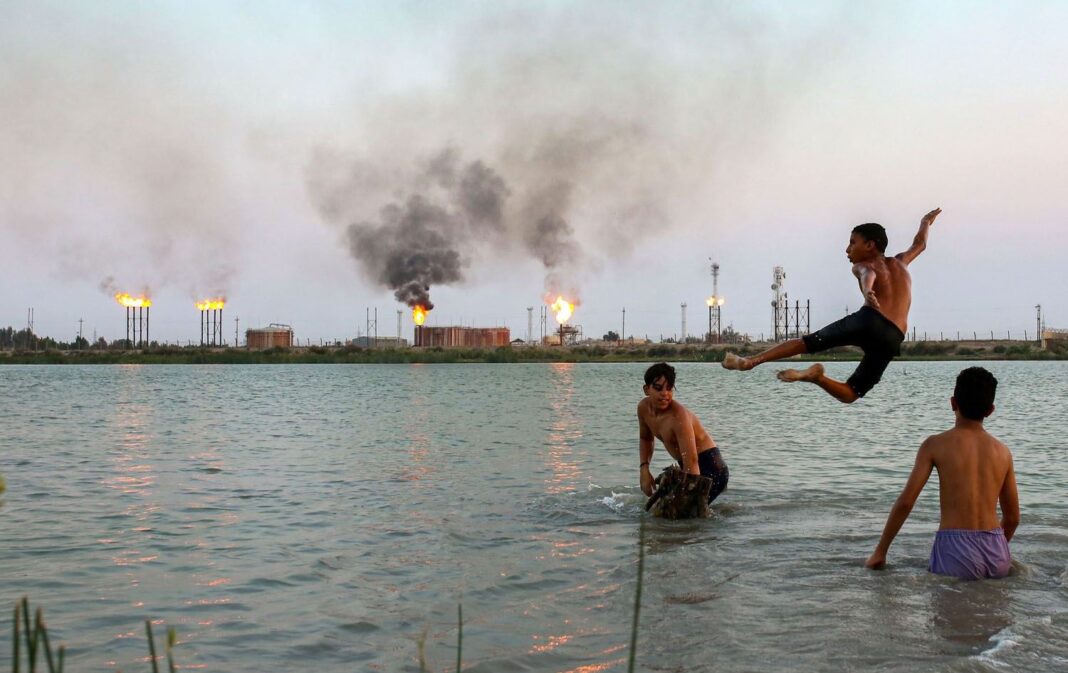Iraq’s weather authority has issued a new warning. The country continues to experience extremely hot conditions due to a lasting surface thermal low.
The General Authority for Meteorology and Seismology shared its latest forecast on Wednesday morning. The update covers all regions of Iraq. It highlights that the heatwave will remain intense, especially in central and southern provinces.
In addition to the heat, the forecast shows variable cloud cover. Light clouds will move across many areas throughout the day. Heavier clouds may form in the north and east. Some regions could also get brief, light rain.
Meteorologists expect temperatures to stay high. They believe central and southern areas will see a slight rise. They compare current conditions to those recorded on Tuesday.
Winds will blow mostly from the northwest. Wind speeds will range between 10 and 20 kilometers per hour. Occasionally, stronger gusts may appear. These could stir up dust and reduce visibility for travelers.
Because of these dusty winds, visibility in western Iraq may drop significantly. While most regions will see clear distances of 8 to 10 kilometers, dusty areas may experience visibility as low as 4 to 6 kilometers.
Despite some hope for rainfall in isolated areas, the main concern remains the intense heat. The weather authority has asked residents to take precautions. Staying indoors during peak hours is advised, especially for vulnerable groups.
These extremely hot conditions have already strained electricity supplies. Cooling systems in major cities are under pressure. The government continues to monitor the situation closely.
Furthermore, the prolonged heat could impact agricultural activity. Farmers in affected regions face increasing difficulty maintaining crops and livestock under extreme temperatures.
Officials warn that these extremely hot conditions may last several more days. Forecast models suggest little relief until the thermal low weakens.
For now, Iraqis must prepare for another stretch of scorching days. Regular updates will be issued as the weather evolves.



